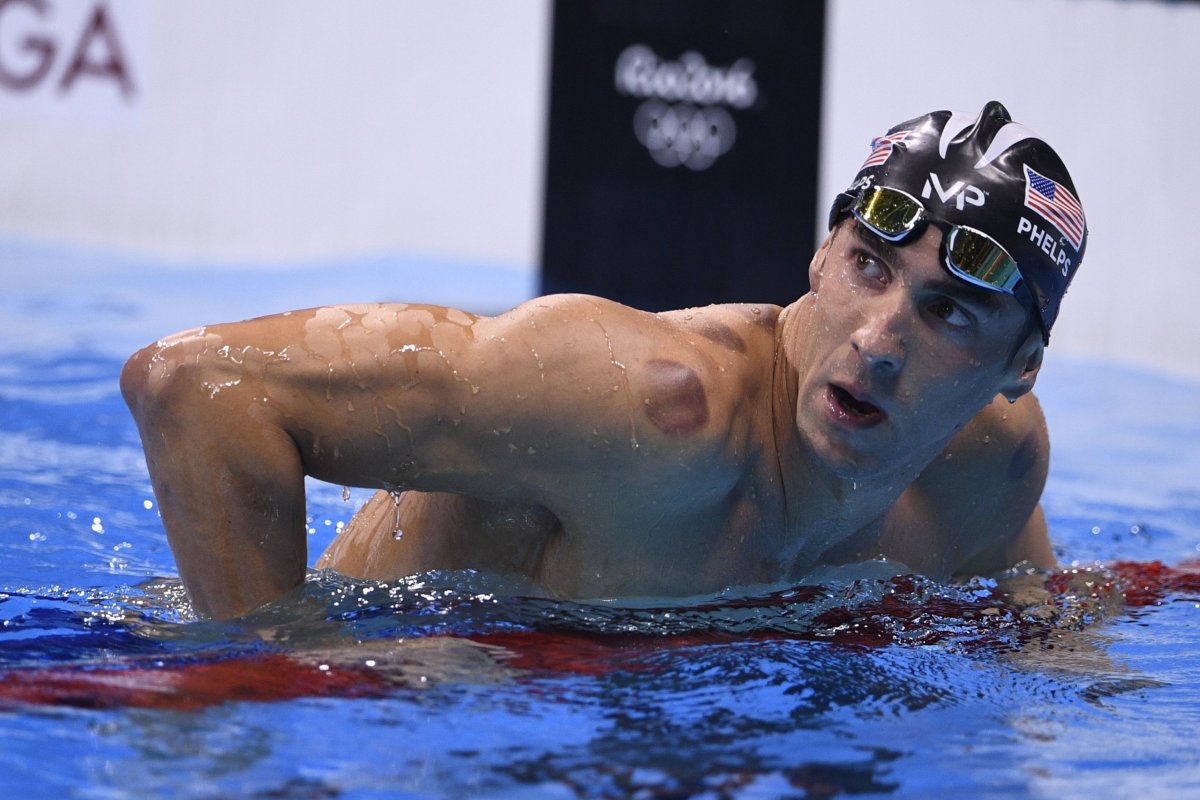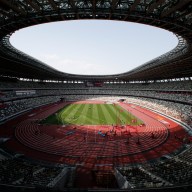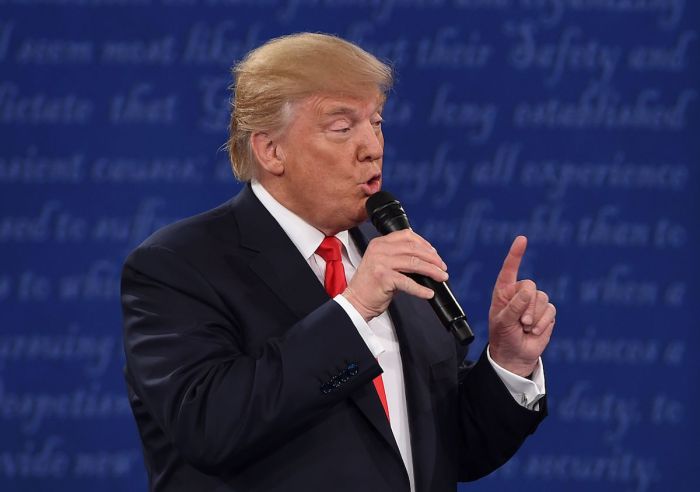The image of dark, reddish-purple circles on Michael Phelps’ neck and back as he raced towards five gold medals is now fixed in the minds of millions of viewers of this year’s Olympic games.
Unless you’ve been living under a rock, you’ve probably heard by now that those circles resulted from cupping, the ancient Chinese practice of applying heated glass cups directly to the skin, creating suction that relieves tension and increases blood flow. From Phelps, to Olympian gymnast Alex Naddour and swimmer Natalie Coughlin, to celebrities like Gwyneth Paltrow and Jennifer Aniston, it’s all the rage.
And it’s stoking the curiosity of everyday people, too. Samantha Yurkosky, an acupuncturist at 16th St. Acupunture in Manhattan, says she’s seen an increase in phone calls and appointments since the games began earlier this month. Yurkosky tells us that while many of her patients tend to be marathon runners, dancers, athletes that follow an intense training regimen, cupping can benefit anyone who has tension to relieve.
“People who are at their desks all day have tight neck and shoulder issues, so we do cupping a lot around the neck and shoulder areas and it helps with the tension of day to day life in New York—carrying heavy bags, looking down at your smart phone,” she says. “During the procedure, which is painless, Yurkosky says, cups are kept on the skin for five to fifteen minutes. The marks last for two to three days.
In patients with a bad cold or bronchitis, it can also help remove phlegm from the lungs, she says.
But like many alternative medicines, it hasn’t been proven that cupping actually works to improve athletic performance, relieve pain or treat certain medical conditions.
A big problem is in the design of the tests. Accounting for the placebo effect—whether a patient actually feels better physically afterwards, or just mentally, because they expected to—is a challenge. According to Yurkosky, cupping “feels like there’s a baby octopus on your back. And when it’s removed, you feel a big relief.”
Aaron Cashman, the founder of Philadelphia Mind Body Acupuncture, agrees that “more research needs to be done to substantiate it.” He says he’ll typically do acupuncture first on a patient, and then follow it with cupping — and that’s more effective. To explain how cupping works, he compared it to massage. “When you think of massage you’re compressing the tissue, but cupping opens up the tissue, so that circulation can flow.”
Cashman says he does cupping to treat a range of musculoskeletal issues. One example of treatment: “In athletes, sore muscles are sometimes a product of lactic acid build up, and cupping can help move the lactic acid out of that part of the muscle.” As for it becoming a fad, Cashman makes a good point: “Acupuncture is something a lot of Olympic athletes receive, it’s just not as visible as cupping.”
Three places to try cupping therapy:
NYC—Olo Acupuncture, 119 W. 23rd St.
Boston—Wellfit Studio, 376 Boylston St.
Philadelphia—Acupuncture Philadelphia, 301 S. 19th St.
Should you try cupping?

Getty Images

















